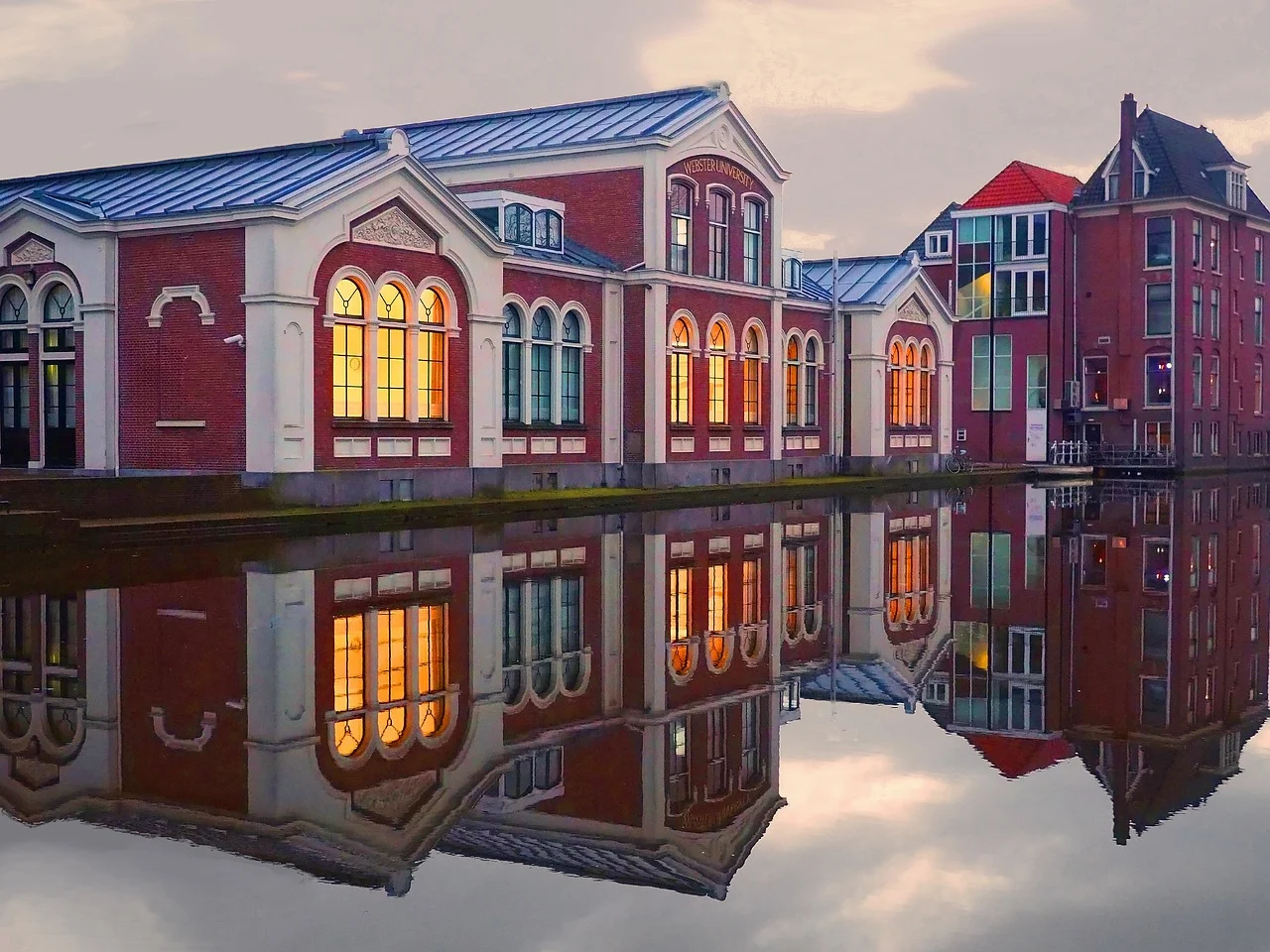The history of education in the Netherlands is a tale of transformation and adaptation. From the introduction of a national education system in the 19th century to the modernization efforts of the 20th and 21st centuries, the Dutch education system has evolved to meet the changing needs of society. This article delves into the historical milestones that have shaped the education landscape in the Netherlands.
 |
Introduction of a National System of Education (1800-1848)
In the early 19th century, the Maatschappij tot Nut van ‘t Algemeen (“Society for the Common Good”) seized the opportunity presented by the revolutionary tide in the Batavian Republic to propose educational reforms. The School Act of 1806 encouraged the establishment of primary schools in all municipalities and introduced a mandatory curriculum. Dutch language, reading, writing, and arithmetic were included, while history, geography, and modern languages were optional. Freedom of education was not proclaimed until the Constitutional Reform of 1848.
The Rise of Secondary Education (1857-1863)
In the mid-19th century, social and economic modernization prompted the introduction of secondary education. The Lower Education Act of 1857 expanded the mandatory curriculum to include geometry, geography, history, natural sciences, and singing. It also introduced elective subjects such as modern languages, mathematics, agronomy, gymnastics, drawing, and needlework for girls. This period saw the emergence of more comprehensive lower education (mulo) and intermediate-level schools like the burgerschool, hogere burgerschool (hbs), and middelbare meisjesschool (mms).
Struggles for Equal Funding and Religious Education (1878-1917)
The 1878 bill allowed religious communities to establish private schools but denied them government funding. This led to a campaign for equal funding of special religious education, known as the school struggle. In 1917, the Pacification Act granted equal funding to special religious education, addressing the financial challenges faced by these schools.
Stratification of the Education System (Late 19th – Early 20th Century)
The 19th-century reforms resulted in a stratified education system, with different school types intended for various socioeconomic classes. Lower education prepared children from working-class backgrounds for specific vocations, middle education equipped middle-class children with general knowledge for leadership positions, and higher education offered classical and intellectual education for the upper class. However, this distinction based on education type would gradually change in the 20th century.
Compulsory Education and Increased Access (1874-1920s)
In 1874, the Kinderwetje (Little Children’s Act) banned child labor under the age of 12. An amendment in 1900 introduced compulsory education for children aged 6 to 12, leading to a significant increase in secondary education attendance, particularly from the 1920s onward.
School Types and Specializations (1960s)
By the 1960s, the Dutch education system comprised various school types:
Kleuterschool: Kindergarten (ages 4-6)
Lagere school: Primary education (ages 6-12), followed by different paths such as ito, ambachtsschool, mulo, hbs, mms, gymnasium, lyceum, and middelbare/hogere technische school (mts/hts).
University: Accessible after completing hbs, mms, gymnasium, or hts.
The Mammoth Act: Reforming Secondary Education (1963)
The Mammoetwet, enforced in 1968, reformed secondary education in the Netherlands. It introduced four streams: lts/vbo, mavo, havo, and vwo, depending on students’ capabilities. The Mammoth Act also expanded compulsory education to nine years, later changed to ten years in 1975.
Modernization and Integration (1990s-2000s)
Reforms in the late 1990s aimed at introducing information management skills, increasing pupils’ autonomy and responsibility, and promoting integration between different subjects. The reforms included merging lts/vbo and mavo into vmbo and restructuring havo and vwo with the basisvorming (primary secondary education) and tweede fase (upper secondary education).
Inclusion of Islamic Schools (2003)
The influx and emancipation of workers from Islamic countries led to the introduction of Islamic schools in the Netherlands. By 2003, a total of 35 Islamic schools were in operation.
Focus on Student Care and Well-being (2004)
In 2004, municipalities in the Netherlands were obligated to establish a regional care structure for students dealing with health and social issues. Schools were required to activate care teams composed of professionals like physicians/nurses, school social workers, and school care coordinators. This emphasis on student care and well-being aimed to provide holistic support to students.
Conclusion
The evolution of education in the Netherlands reflects the country’s commitment to providing quality education and adapting to societal changes. From the establishment of a national system to the reforms and adaptations in the 20th and 21st centuries, Dutch education has strived to meet the needs of its diverse student population. As the future unfolds, the Netherlands will continue to shape its education system to prepare students for the challenges and opportunities that lie ahead.

Post a Comment
Write you think.